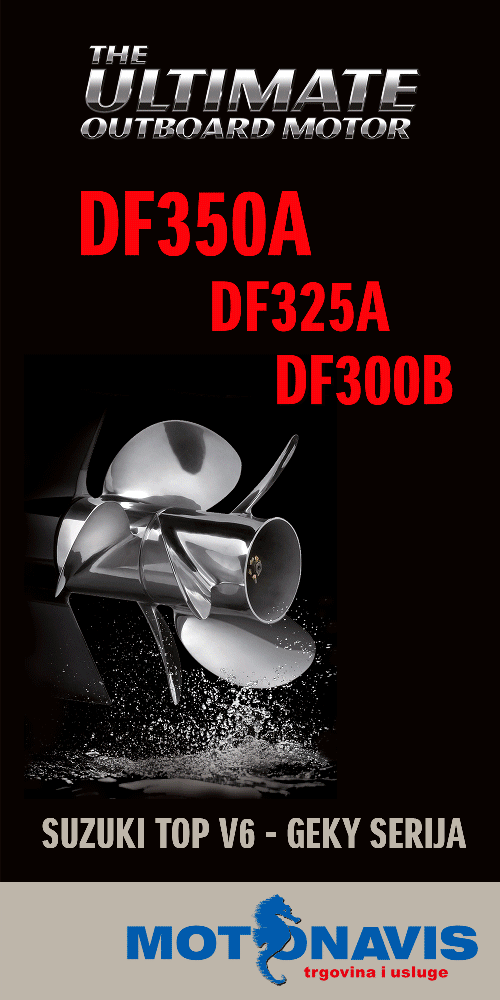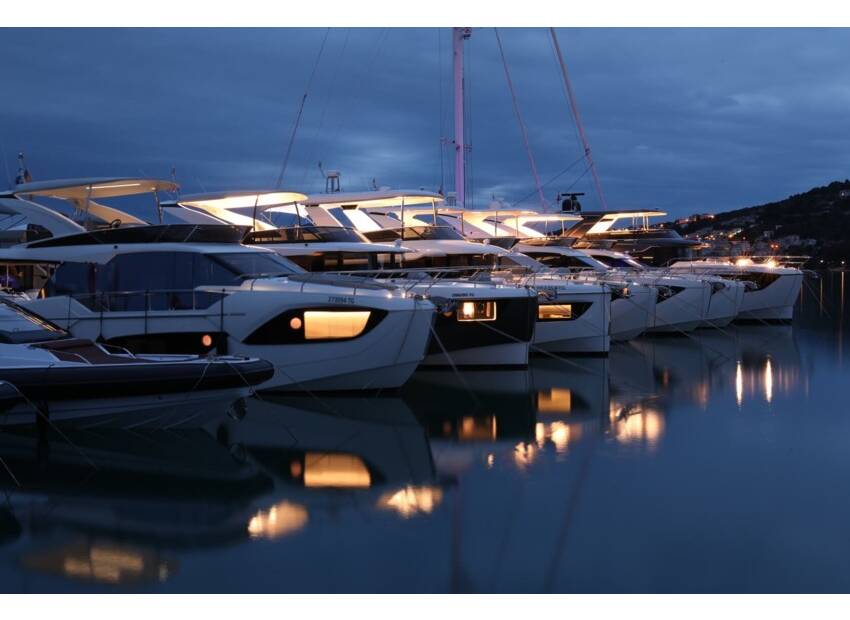Outboards
If possible, take smaller outboards home for safekeeping. Like outdrives, outboards tend to be an easy target for thieves, especially in winter when fewer people are about. To winterize, follow the instructions below and consult your manual for specifics.
Cooling System. Start the engine and flush the cooling system with fresh water until it reaches normal operating temperatures (various devices are available to adapt a garden hose to the engine intake). Make sure all gear housing drain holes are open. An alternative to draining the system is to add antifreeze using a gadget that connects the engine intake to a jug of antifreeze.
Fuel System & Powerhead. Disconnect the fuel line from the tank, start the motor, and inject fogging fluid (a light lubricating oil) into the carburetor just before the motor stops. This procedure prevents corrosion of the powerhead parts (fogging fluid has rust inhibitors that are lacking in regular two-cycle motor oil). Next, remove the spark plugs; clean and replace any that look worn. Clean the fuel pump filter. Lubricate carburetor and choke linkage, cam follower, starter spindle, throttle shaft bearings, and gears. Consult the manufacturer´s lubricating chart for specifics.
Lower Unit. This should be drained and new gear oil added. When you loosen the drain plug, watch to see if water or oil comes out first. Water or metallic shavings indicate that you need to replace the seal. If you´re not sure, have the unit pressure tested by a mechanic.
Understanding Cooling Systems: Raw Water or Freshwater
Most boat engines use water drawn from outside the boat to cool the engine. In some engines, this "raw water" is pumped through the engine block casting, head assembly and exhaust manifold, and then returned overboard with the unwanted heat.
In fresh water cooled (FWC) engines, there are actually two systems- a raw water side which cools the closed-loop system of fresh water, which in turn cools the engine. Winterizing the fresh water side simply involves making sure it´s year-round permanent coolant is an adequate mixture of antifreeze and water to meet the manufacturer´s recommendations for your locality, typically a 50/50 mix. With the engine at operating temperature, slowly remove the cap on the expansion tank and check the mixture with an anti-freeze hydrometer. If the coolant is rusty or dirty, it needs to be drained and replaced with a fresh mixture. (Resist the temptation to use more than 50% anti-freeze. An overly rich mixture will congeal, with 100% antifreeze turning to a solid gel at -8? F.)
There are two methods of winterizing a raw water-cooled engine or the raw-water side of a fresh-water cooled engine: draining the system and leaving it dry, or filling it with antifreeze. Draining must be thorough as small pockets of water can crack expensive parts. To drain, check the engine manual for the location of all petcocks and open them. If water fails to drain freely from a petcock it could be clogged with rust, corrosion or debris. Remove the petcock and free the opening with a tool or coat hanger. Don´t forget also to drain the sea strainer, seacock body and waterlift muffler if installed.
The second technique, circulating antifreeze throughout the cooling system, is better for an engine´s cooling system, assuming that the antifreeze you use also contains rust inhibitors. Before circulating antifreeze in a raw-water cooled engine, you need to consider that a thermostat blocks water flow in some engine passages until it heats up. To assure the engine is thoroughly protected, be sure the engine reaches operating temperature to open the thermostat before adding the antifreeze and water solution. In cold weather, it could be difficult to keep the thermostat open. Some mechanics suggest using a heated antifreeze solution. Another method is to remove the thermostat; a simple job on most engines. It can be left out for the winter, but






















